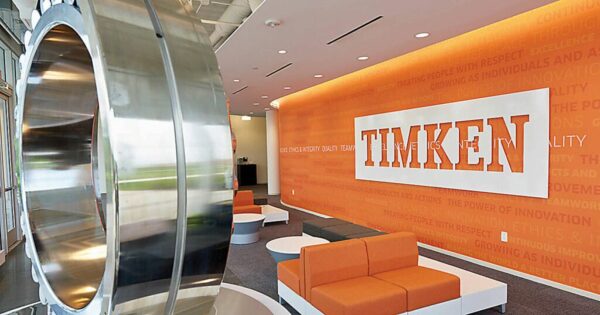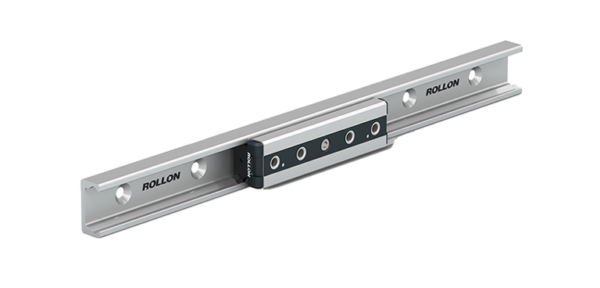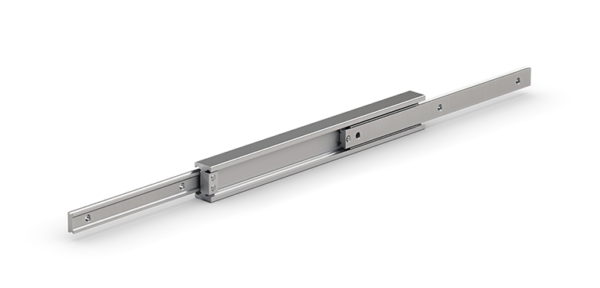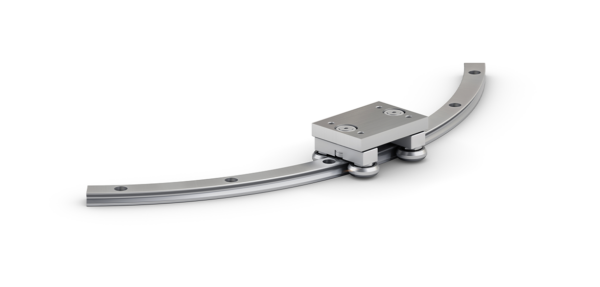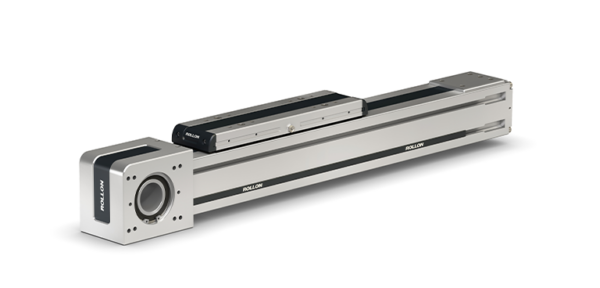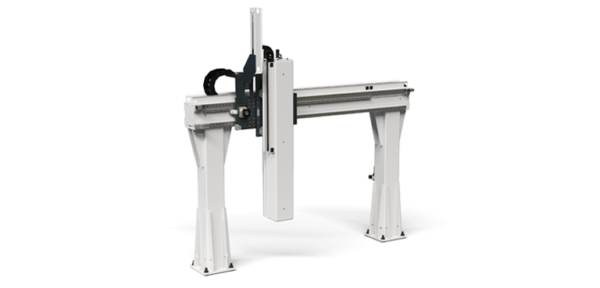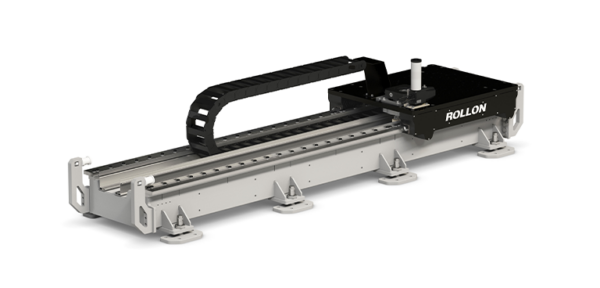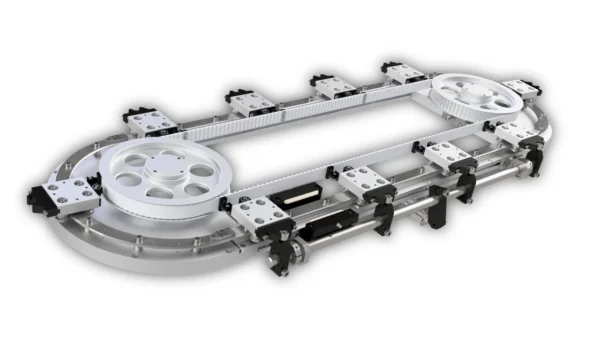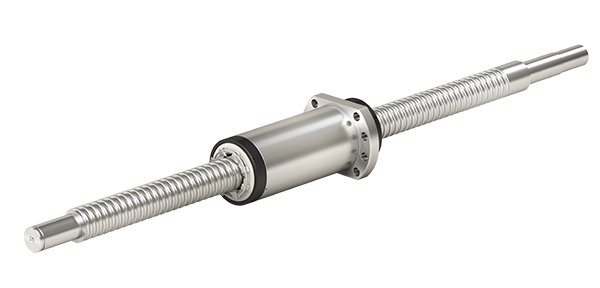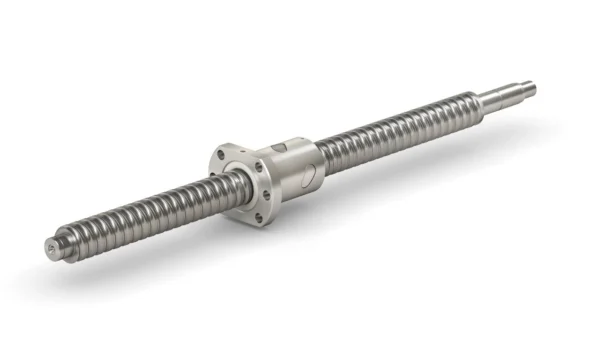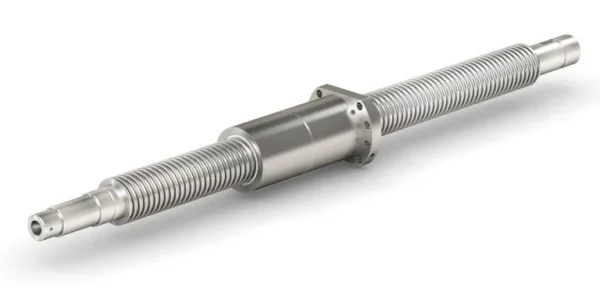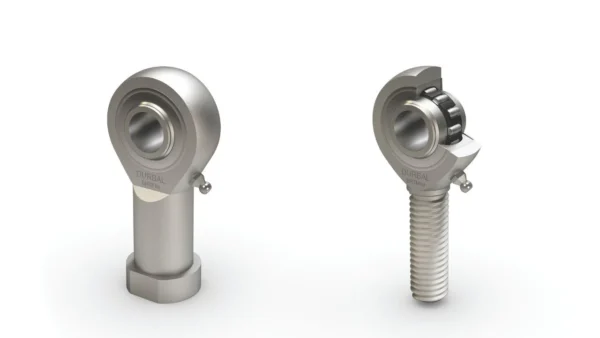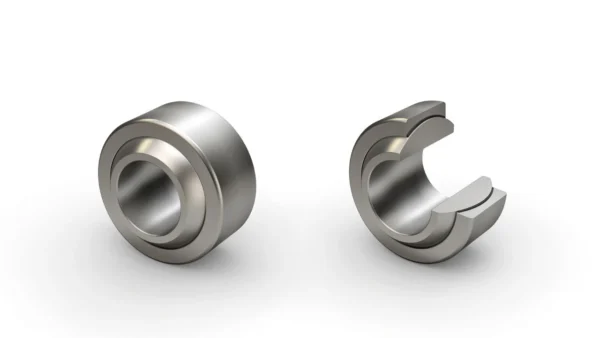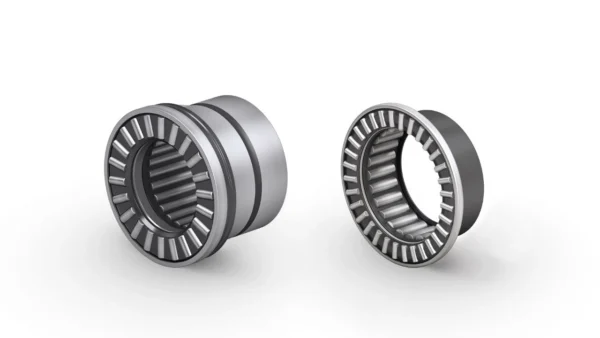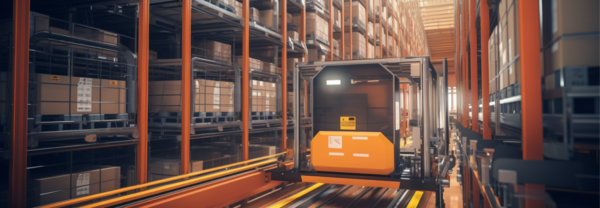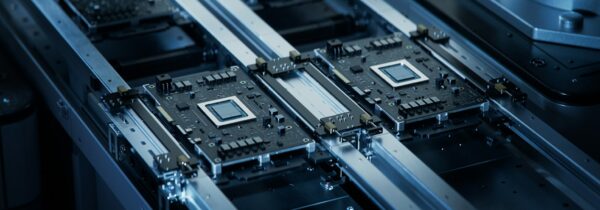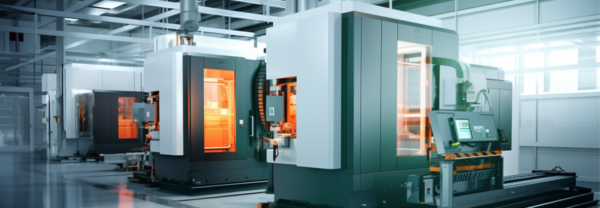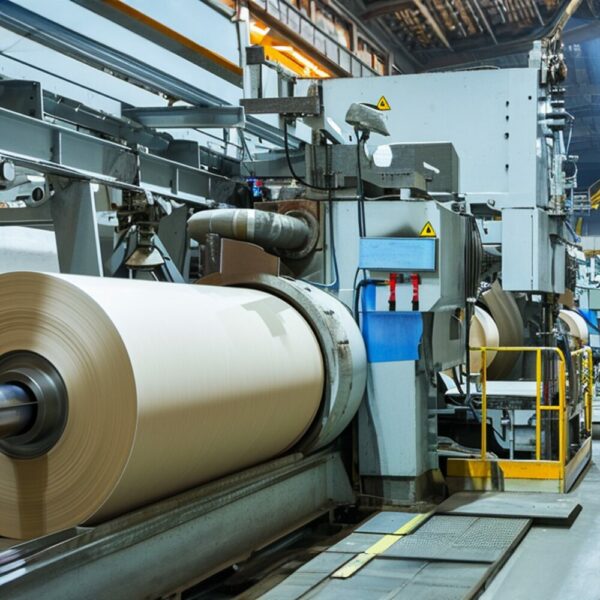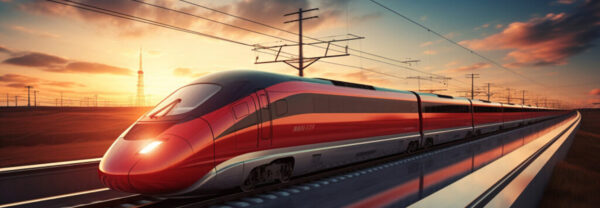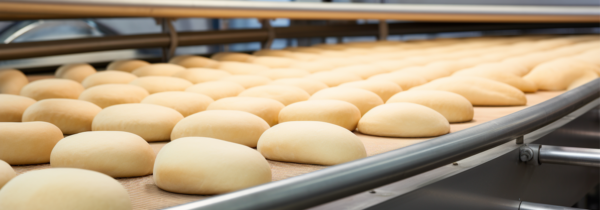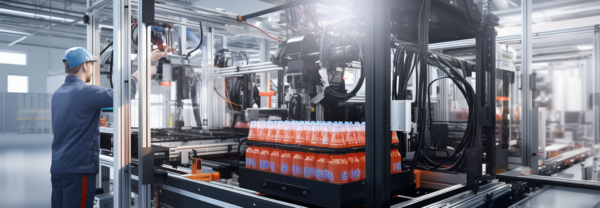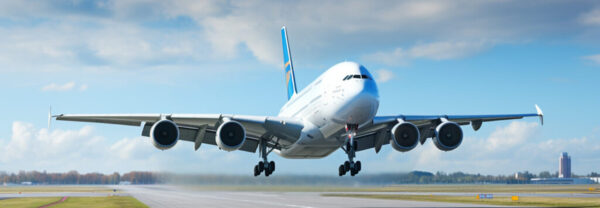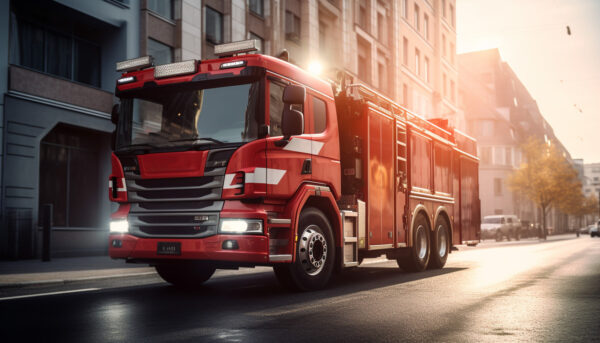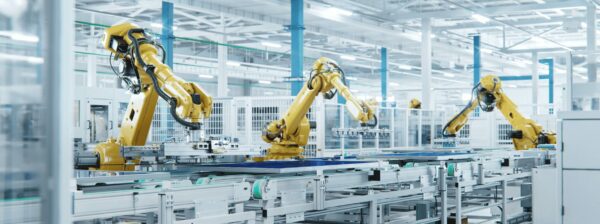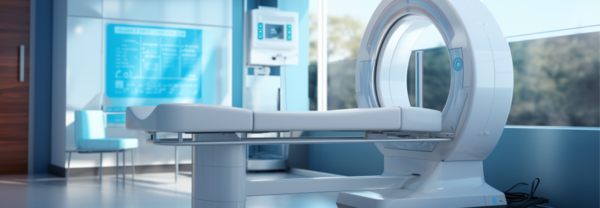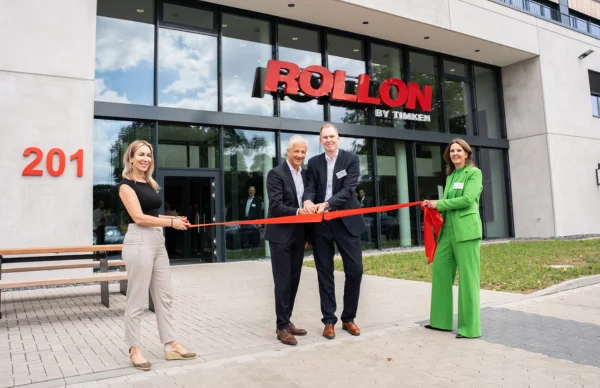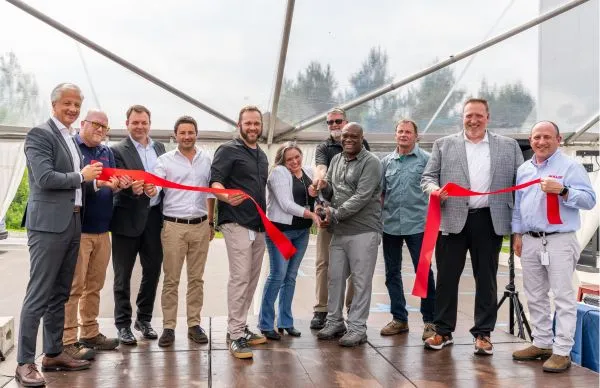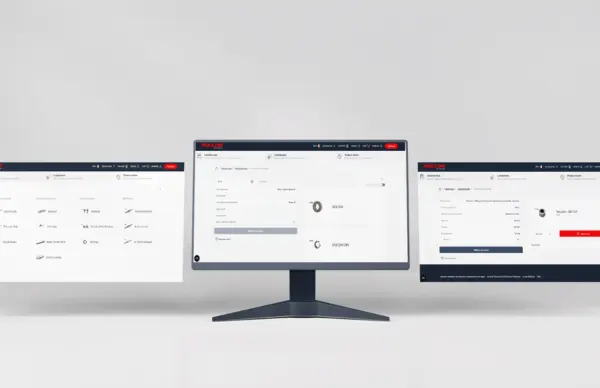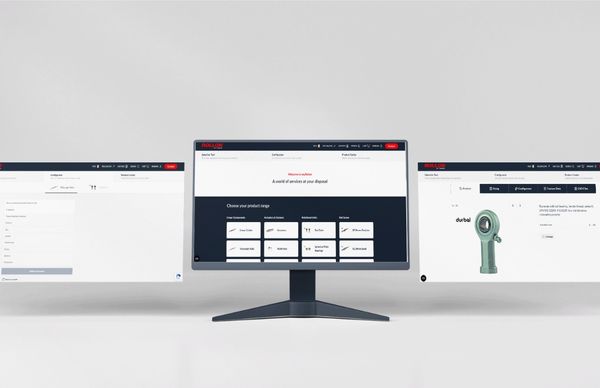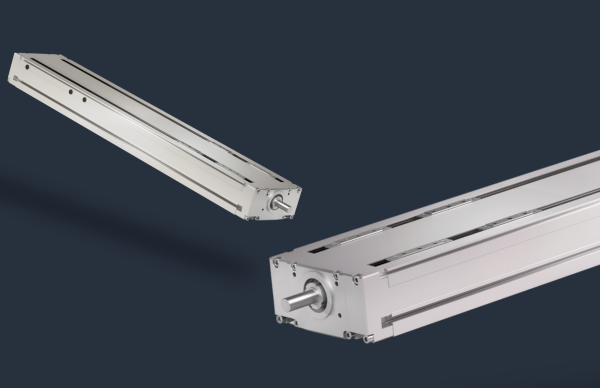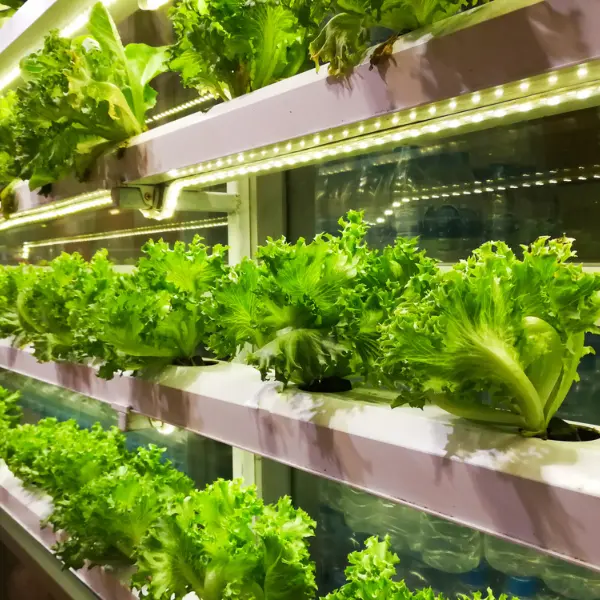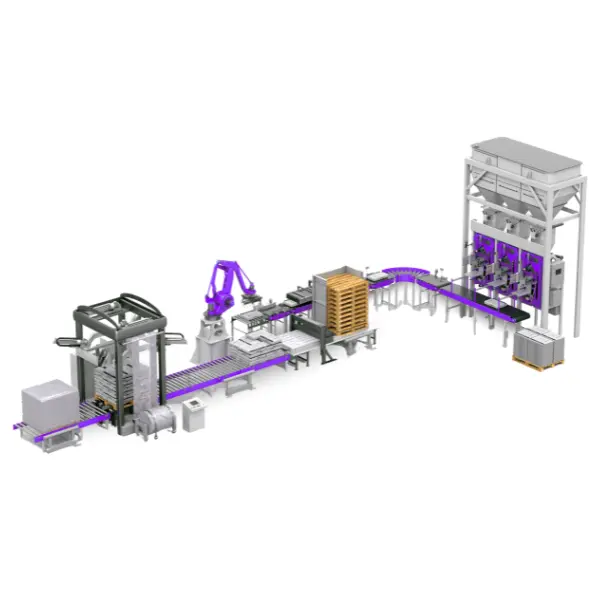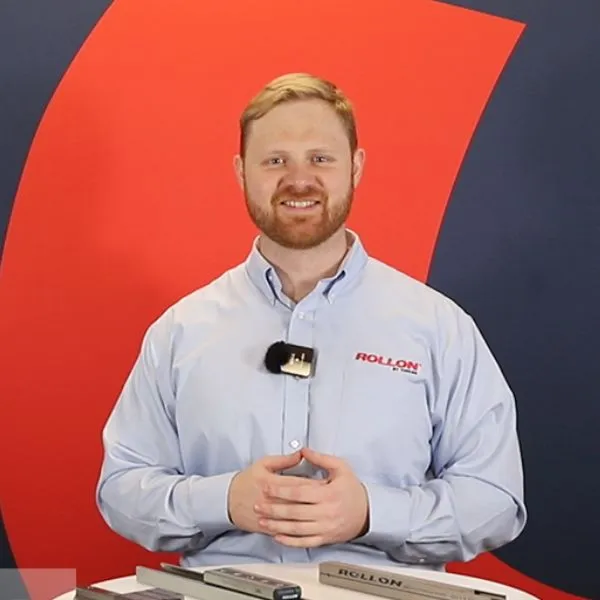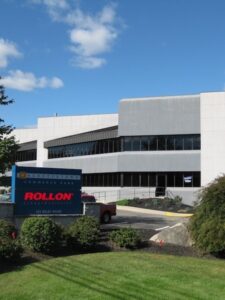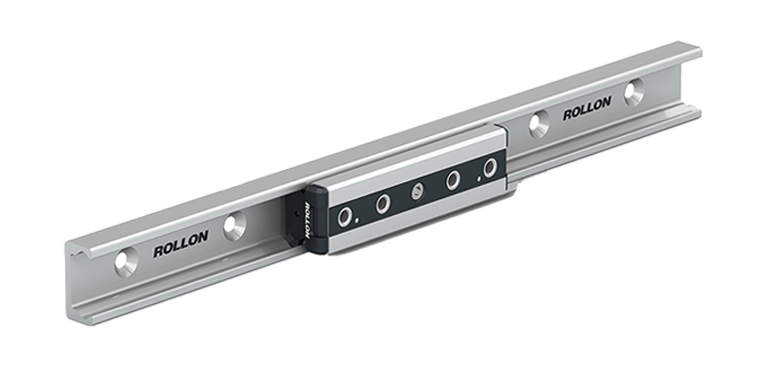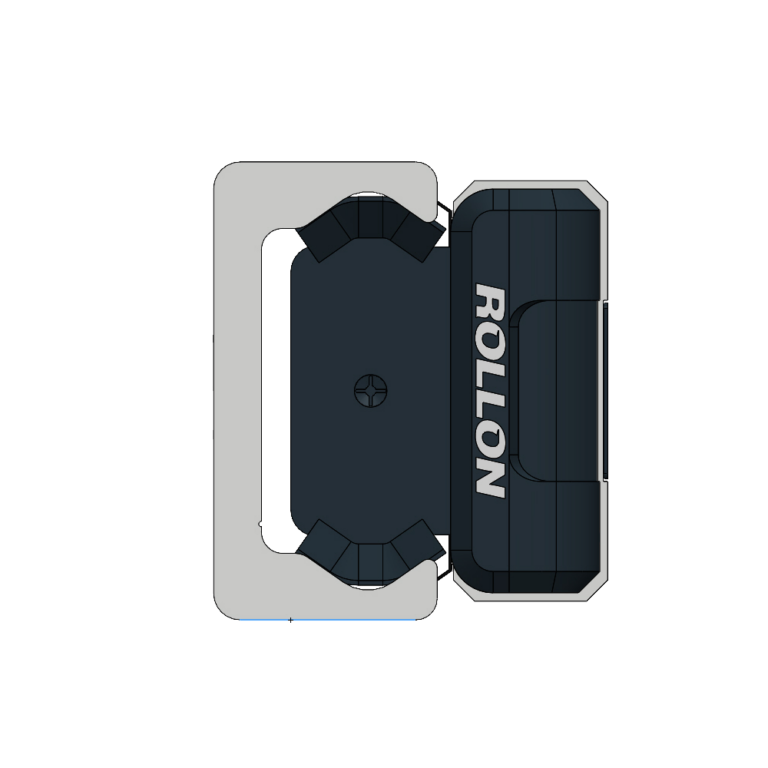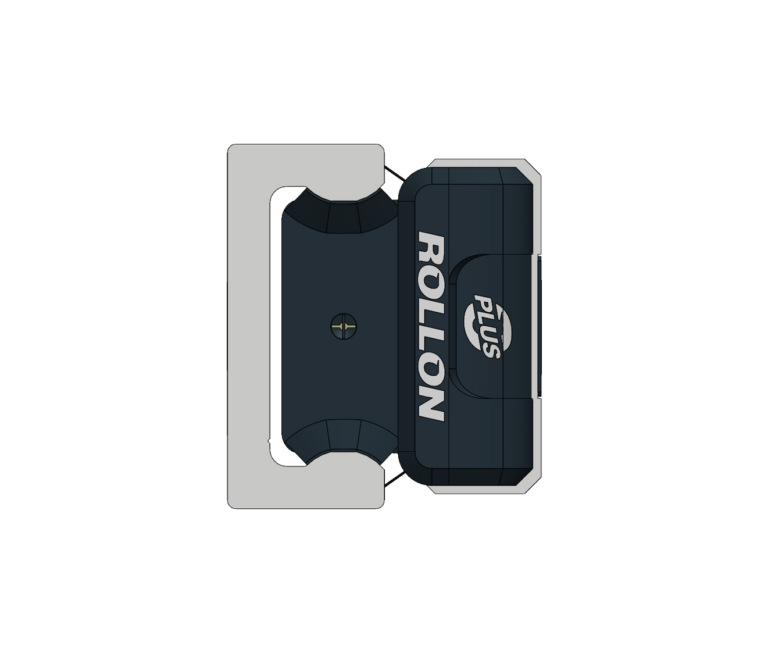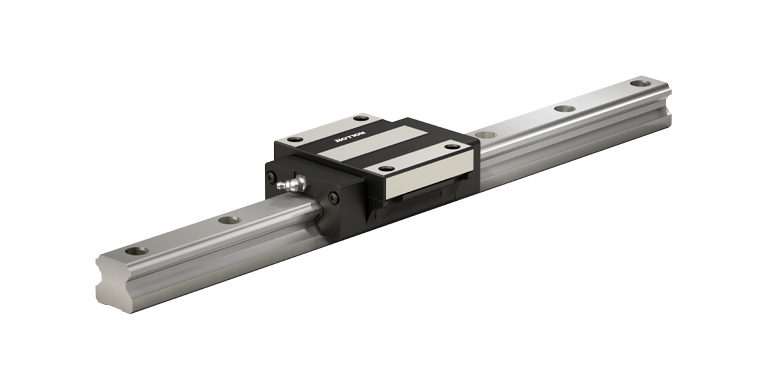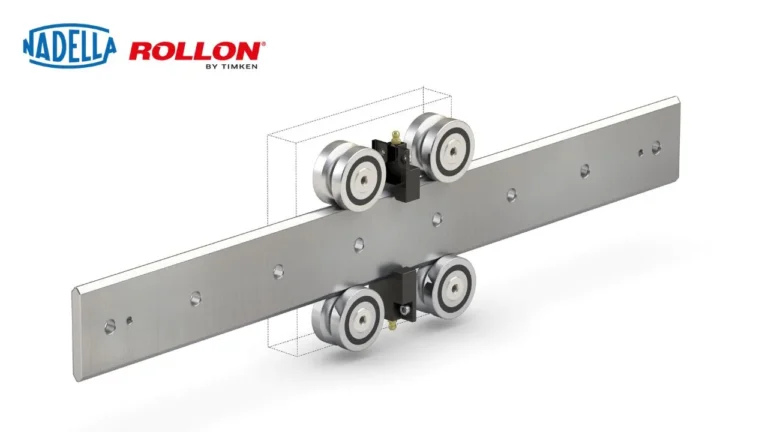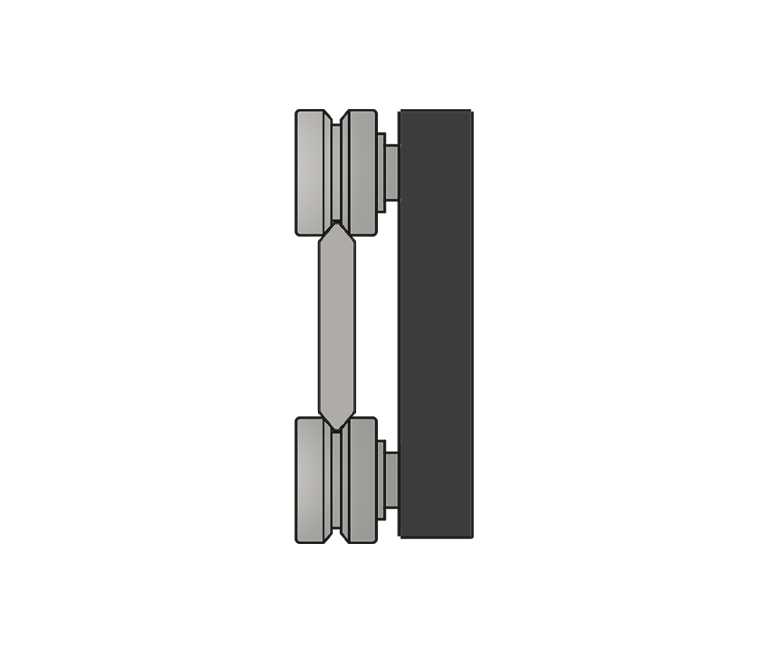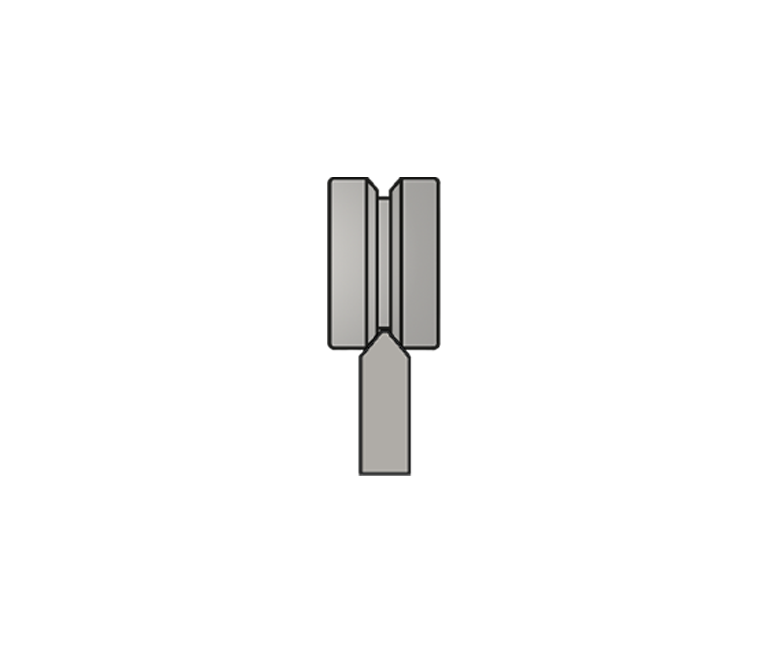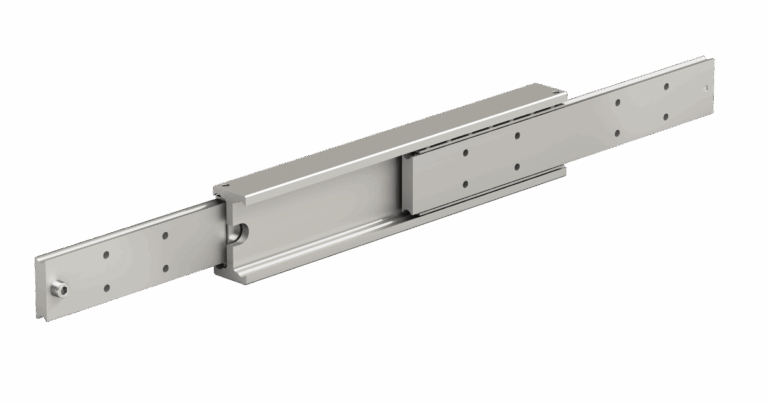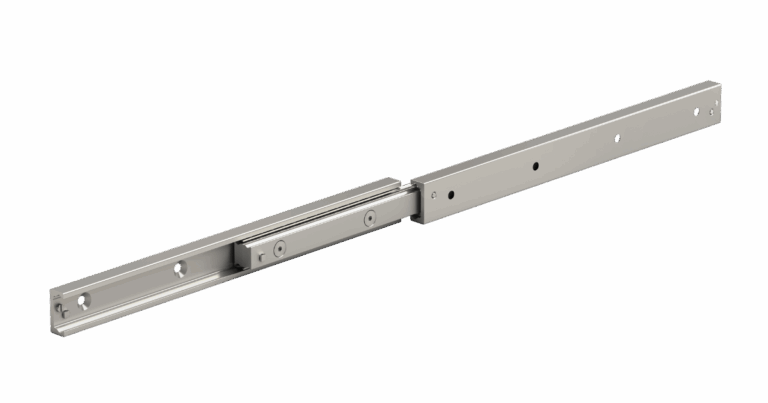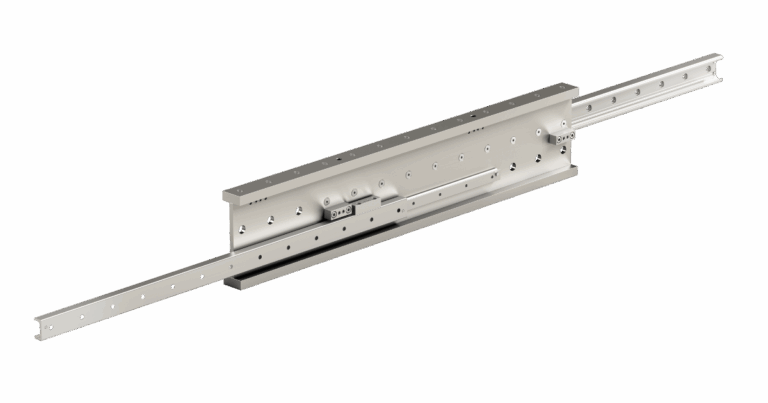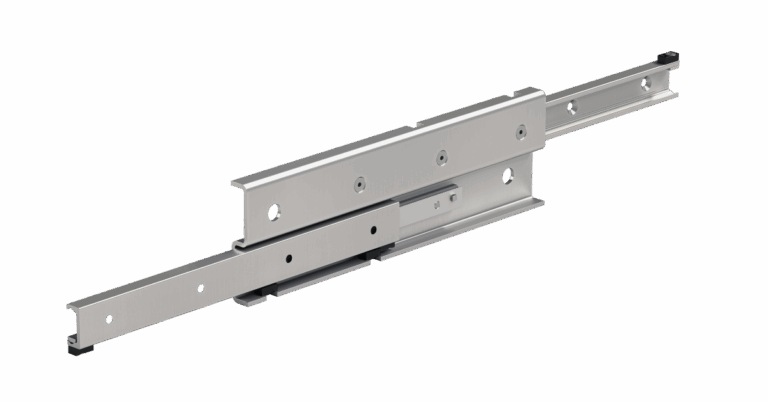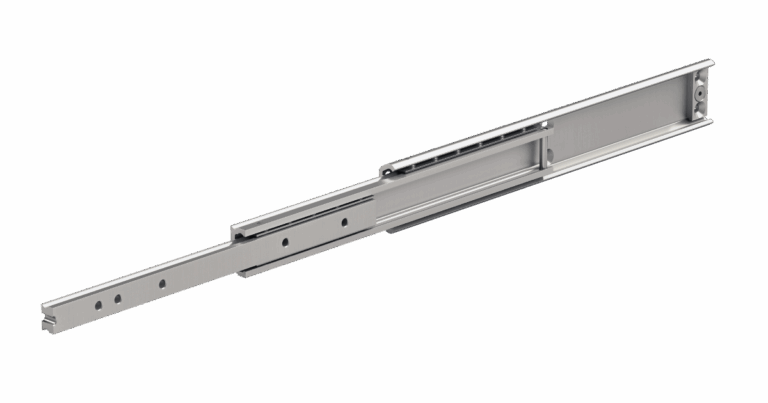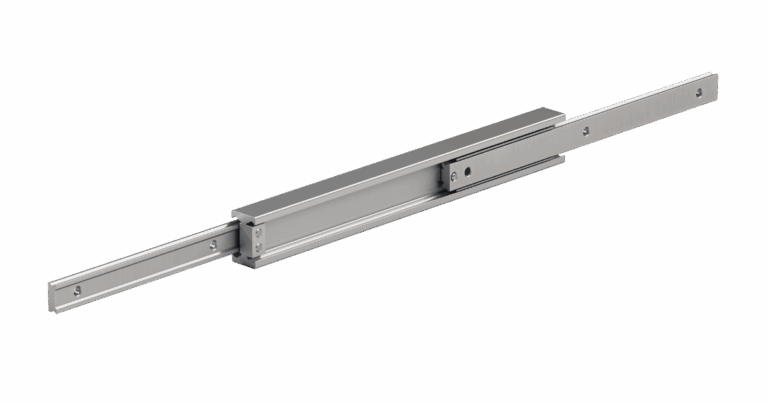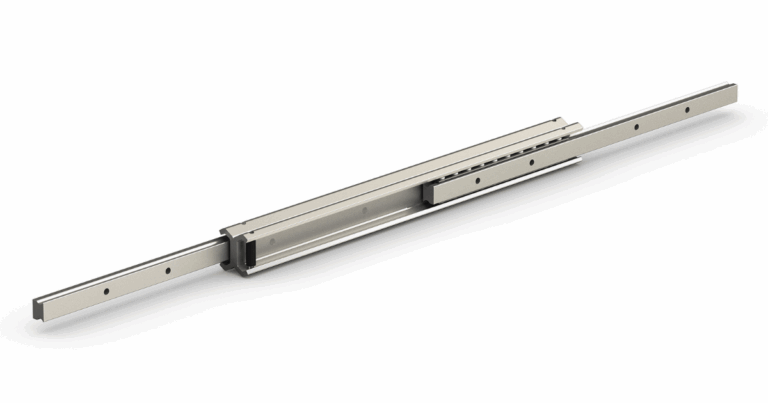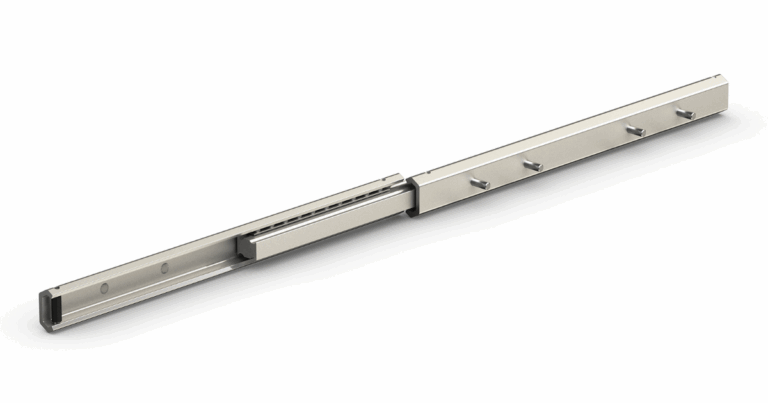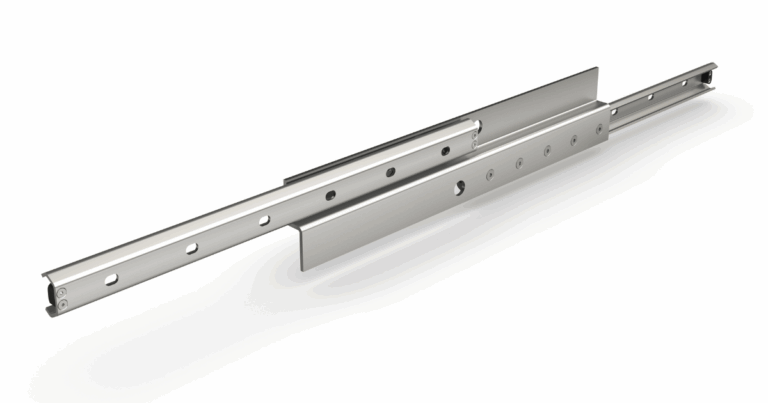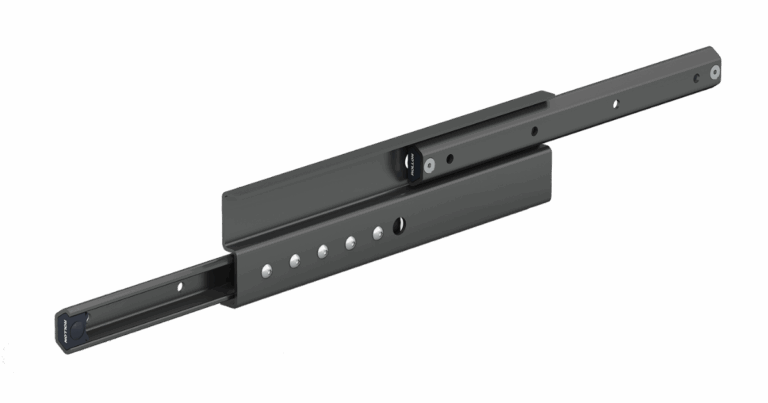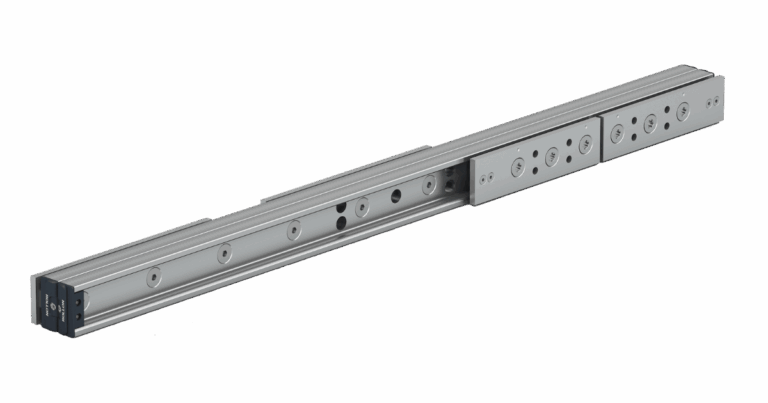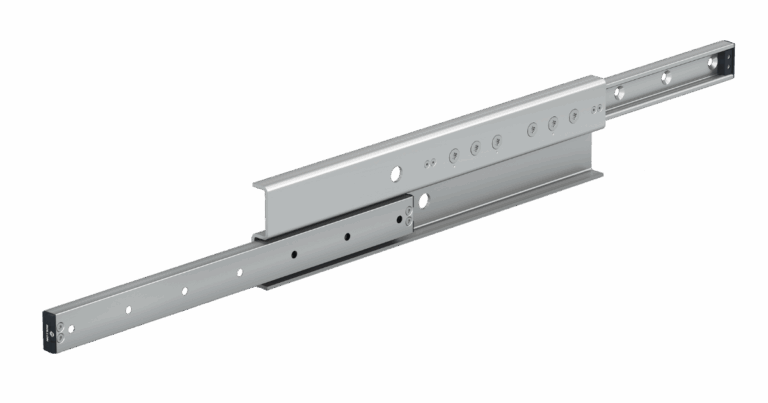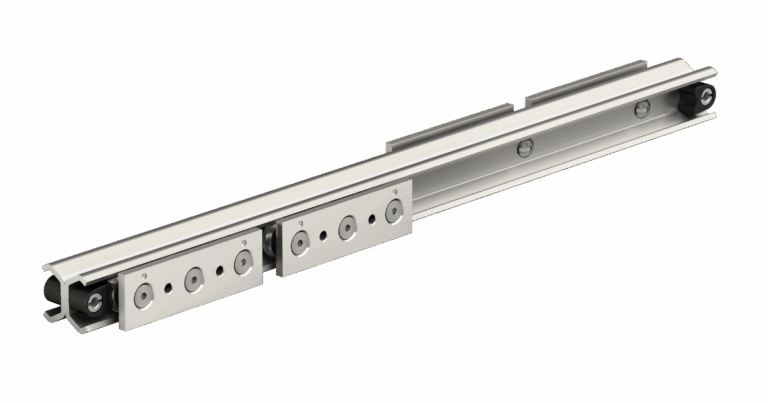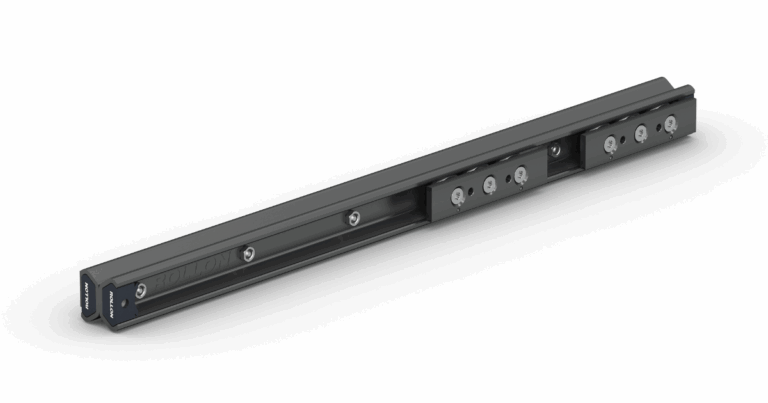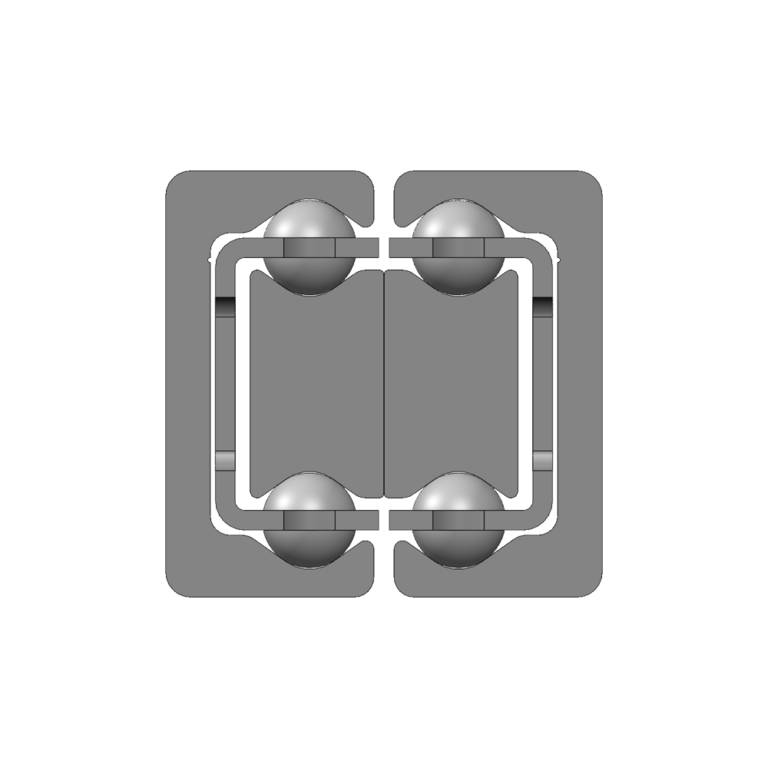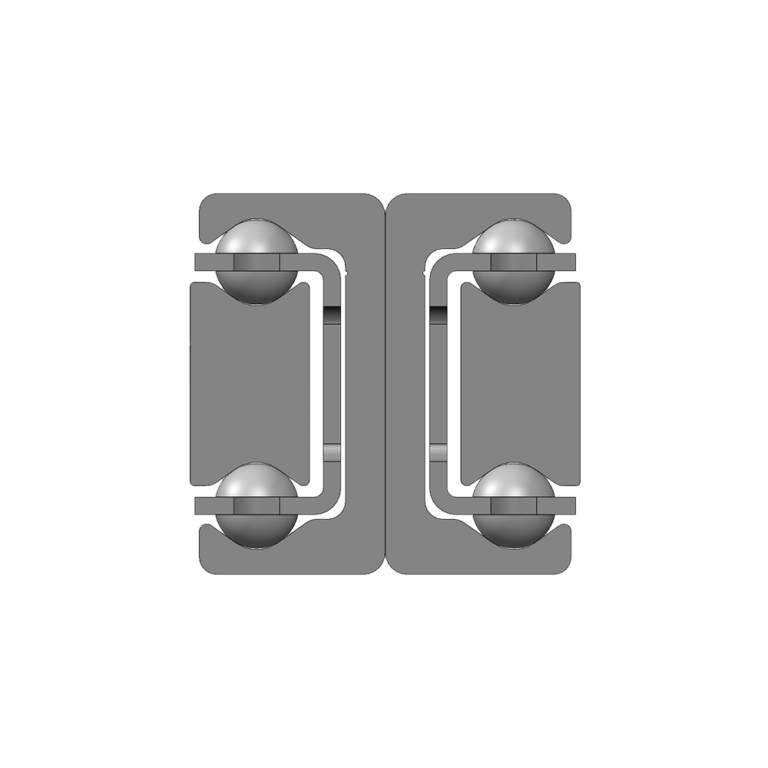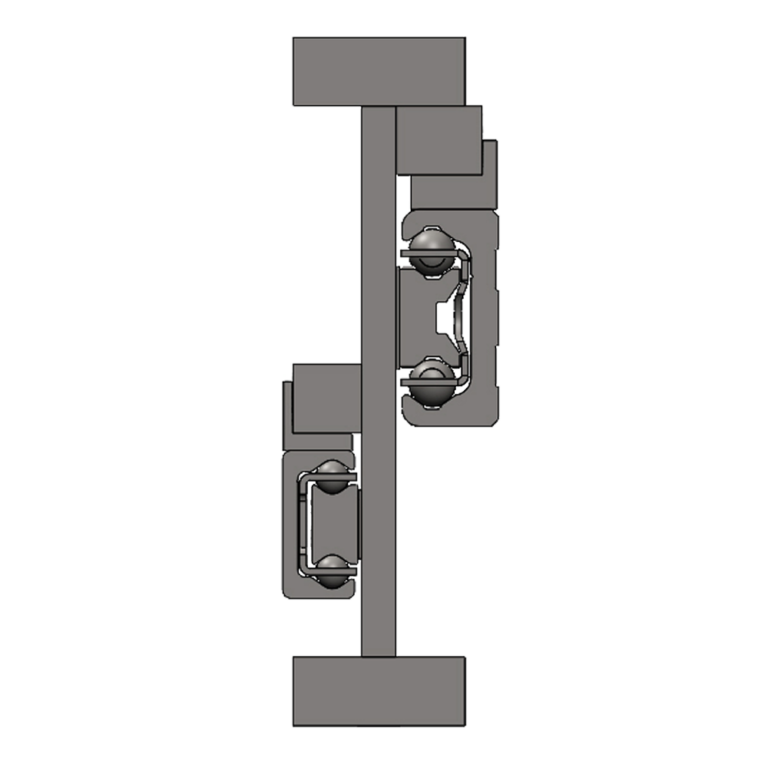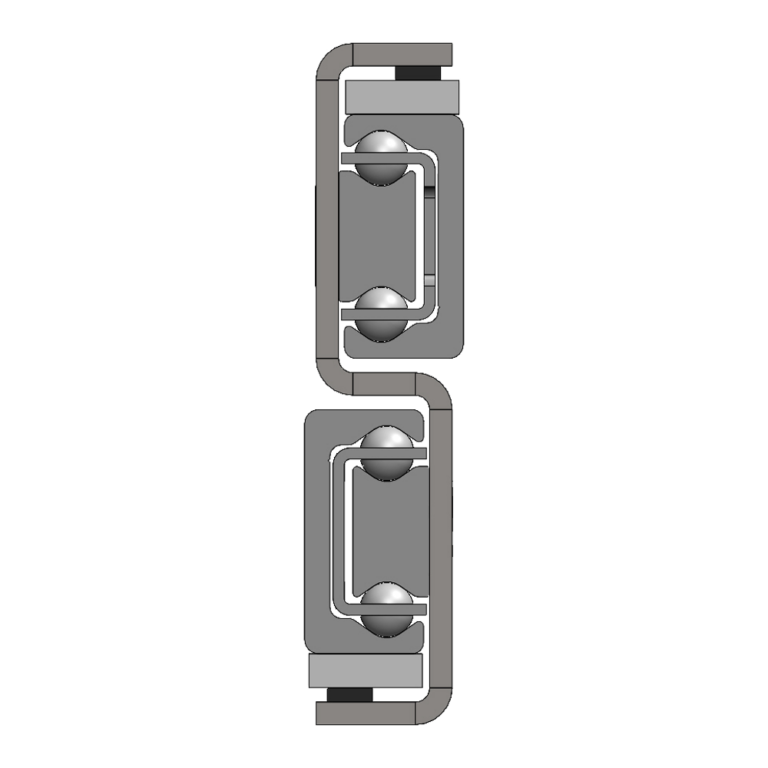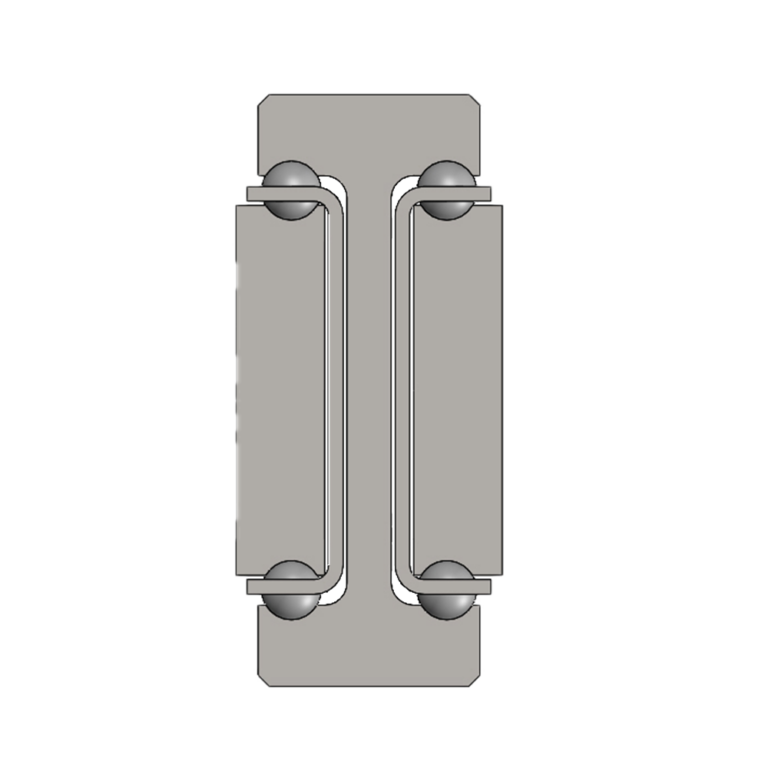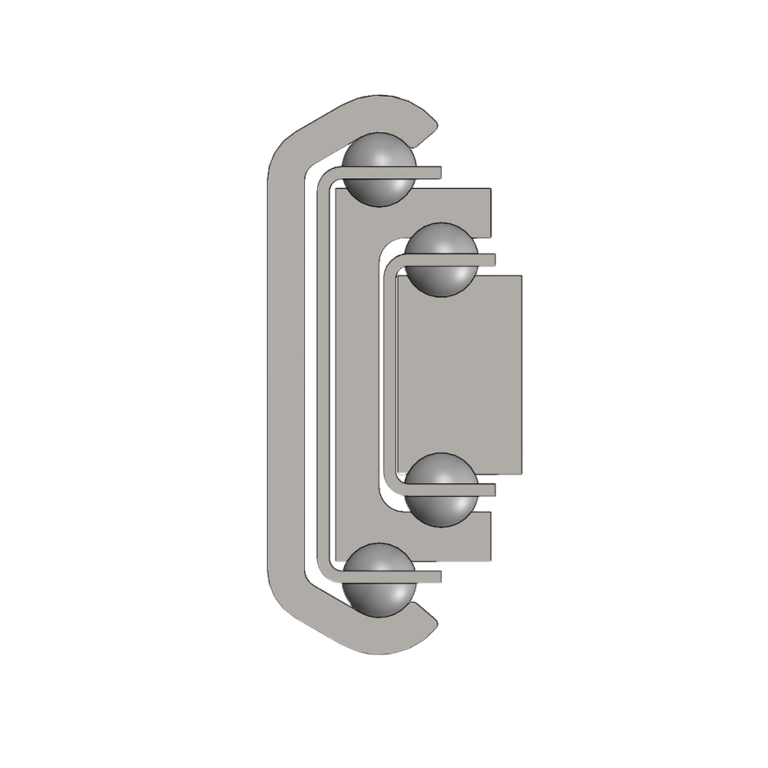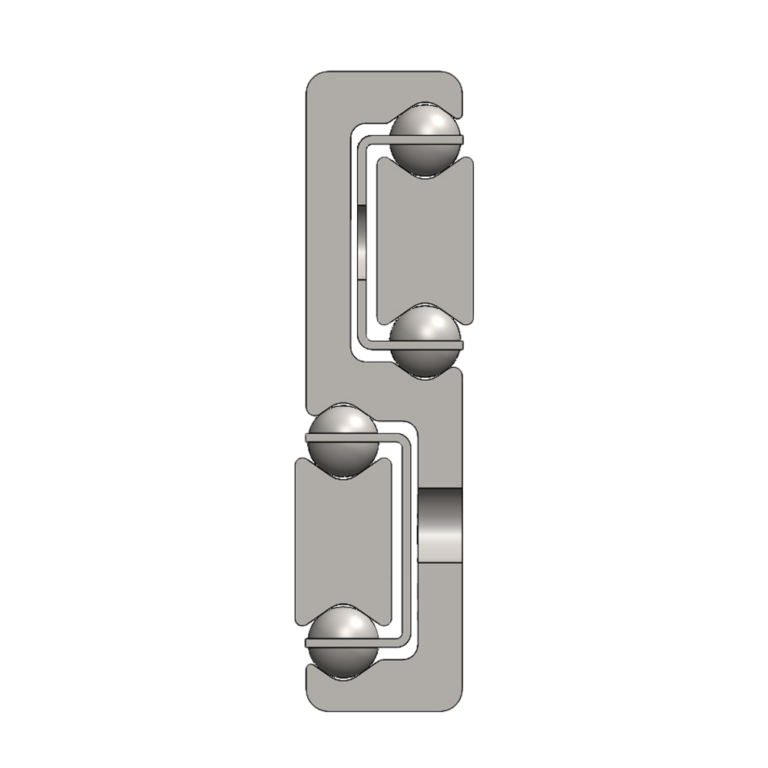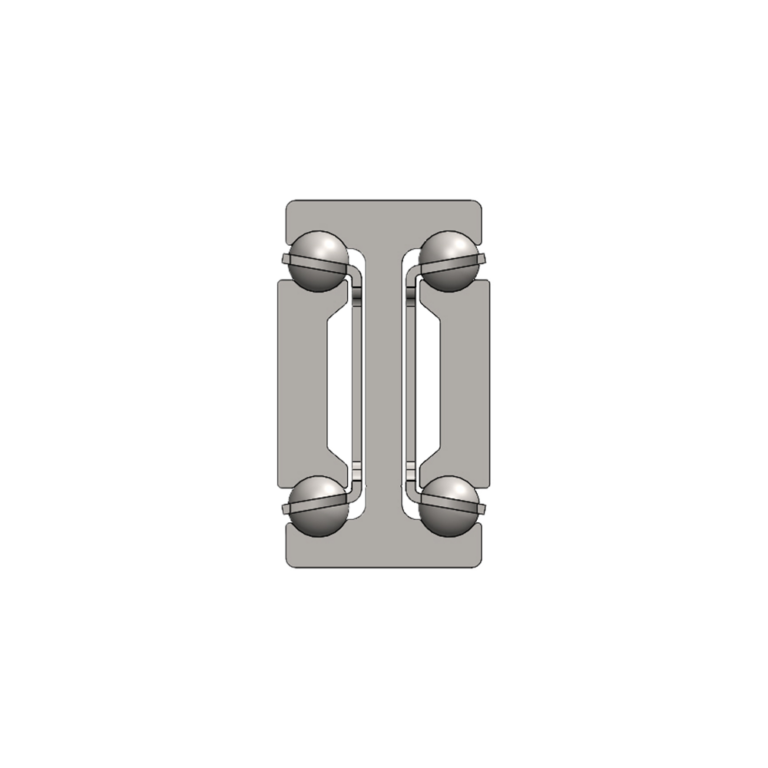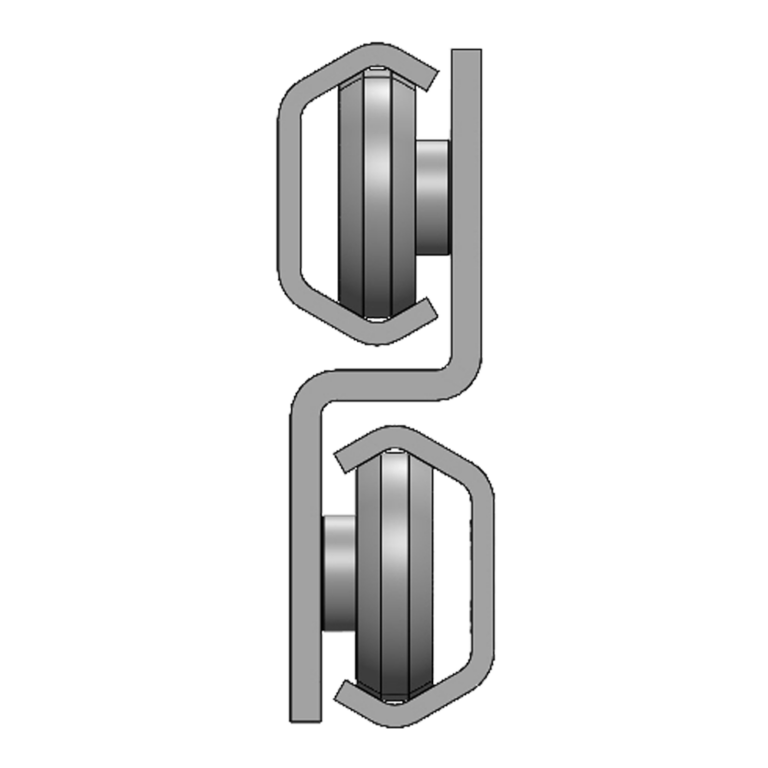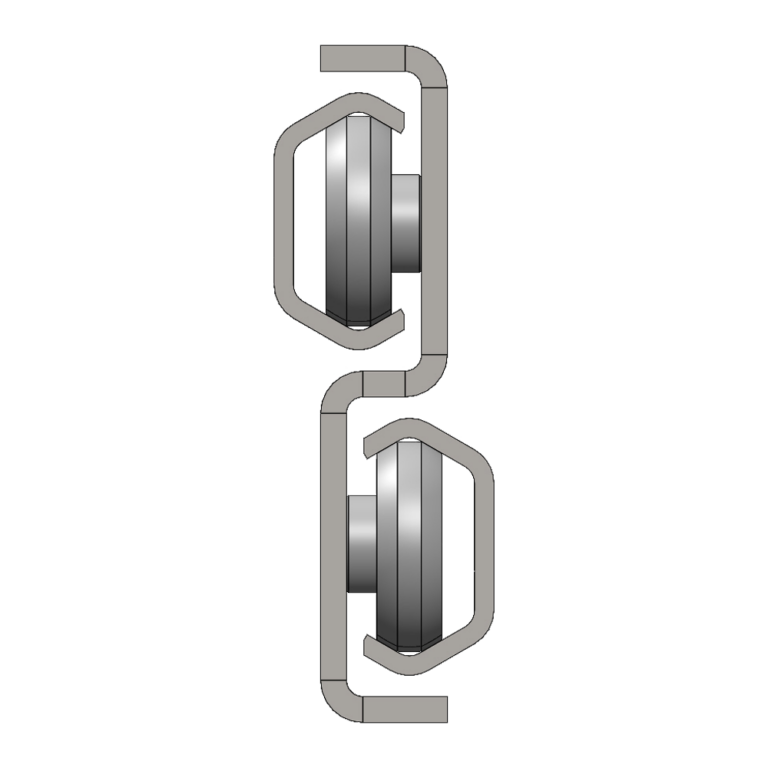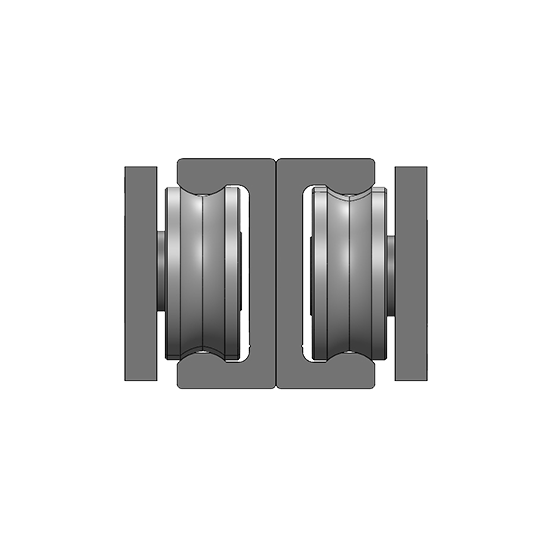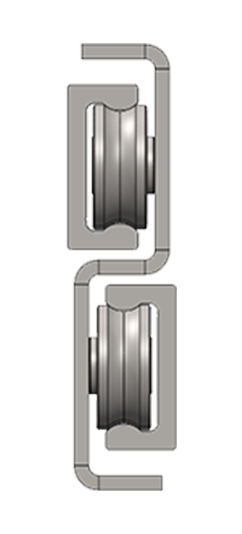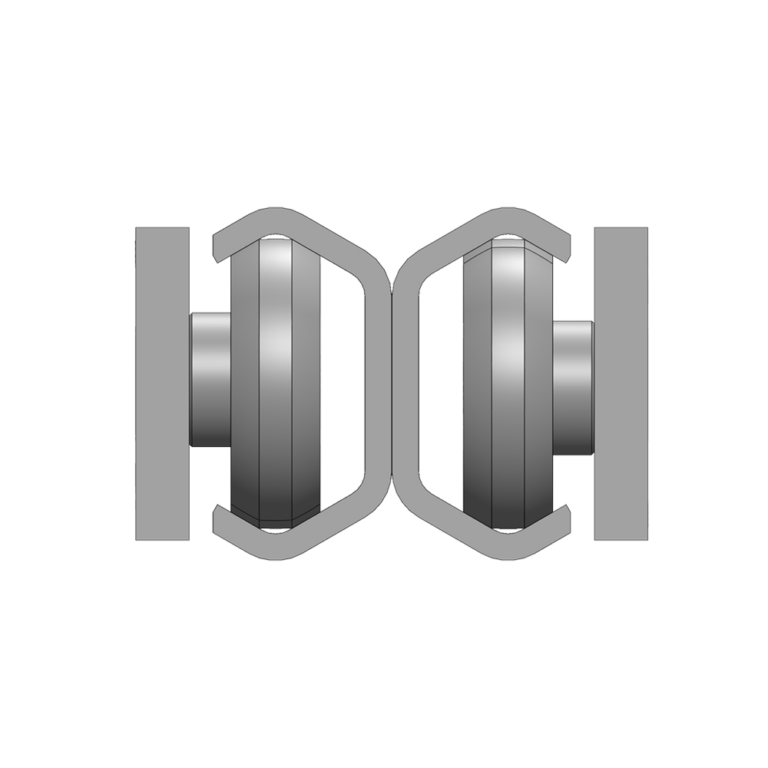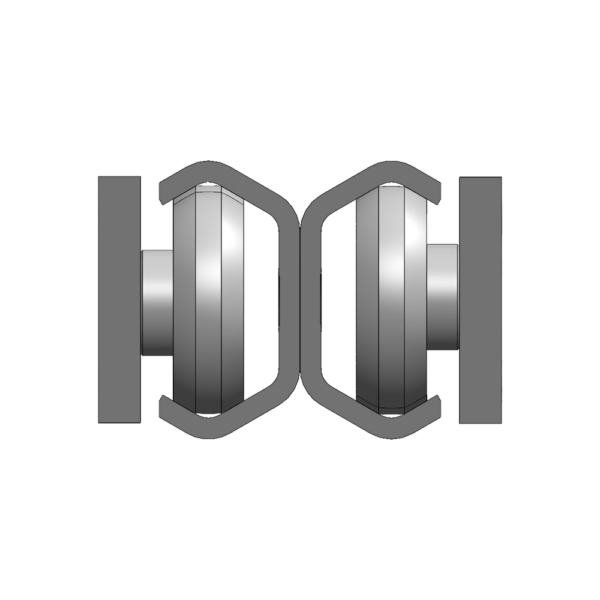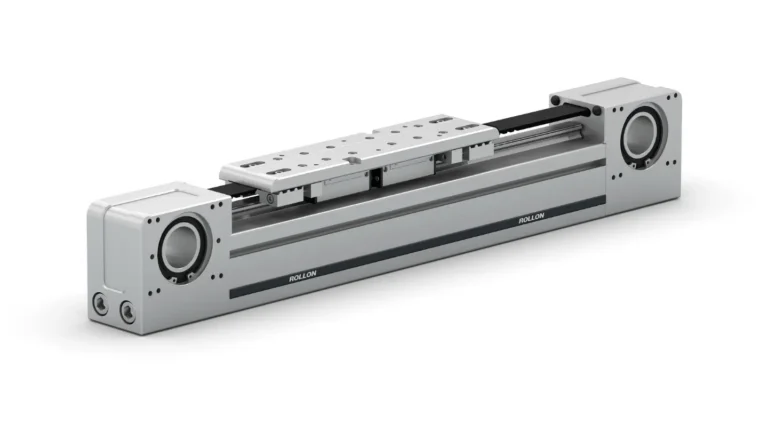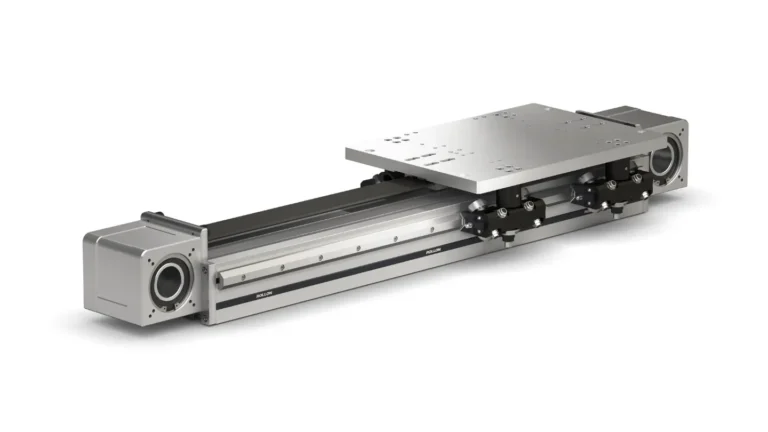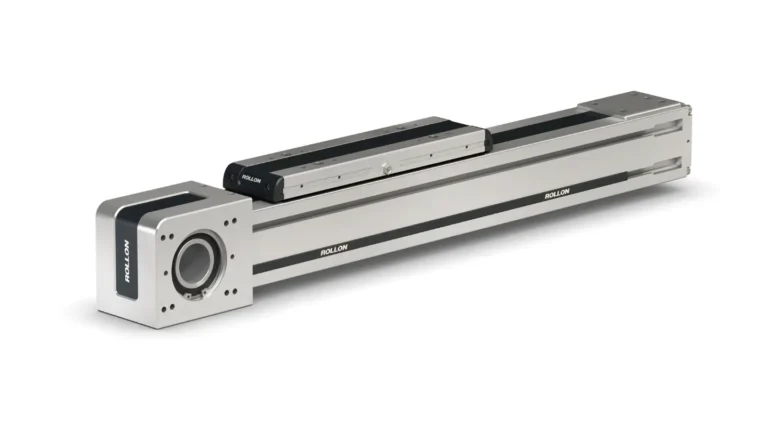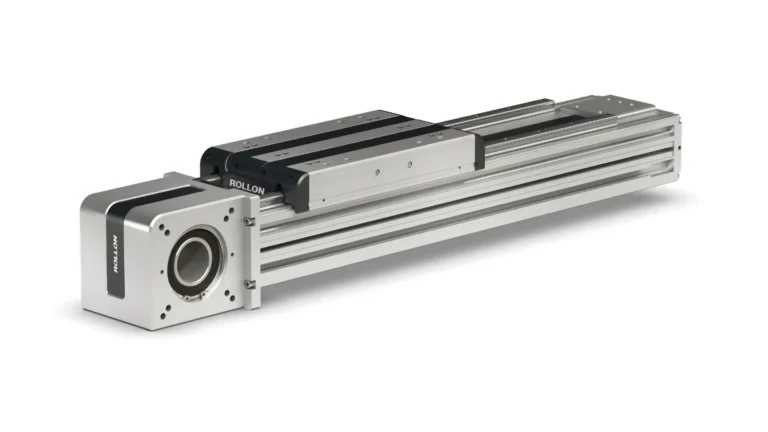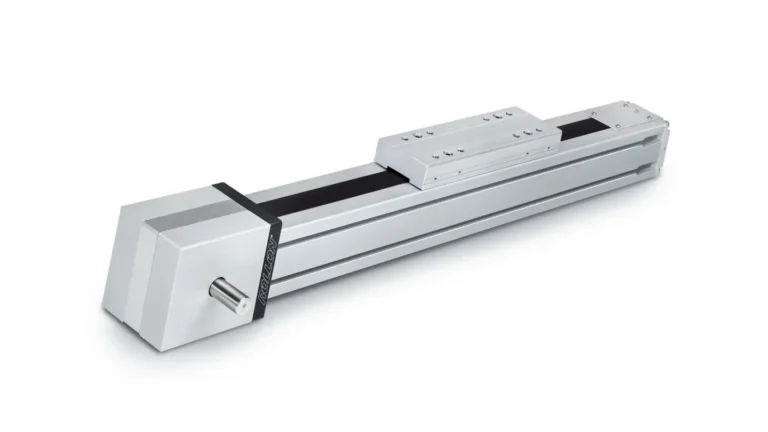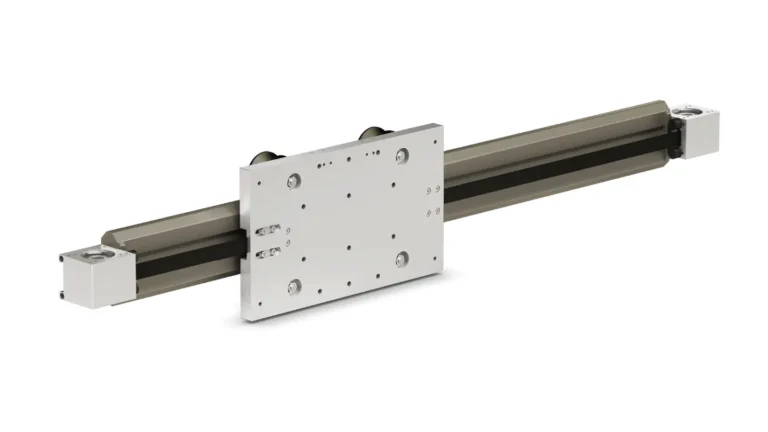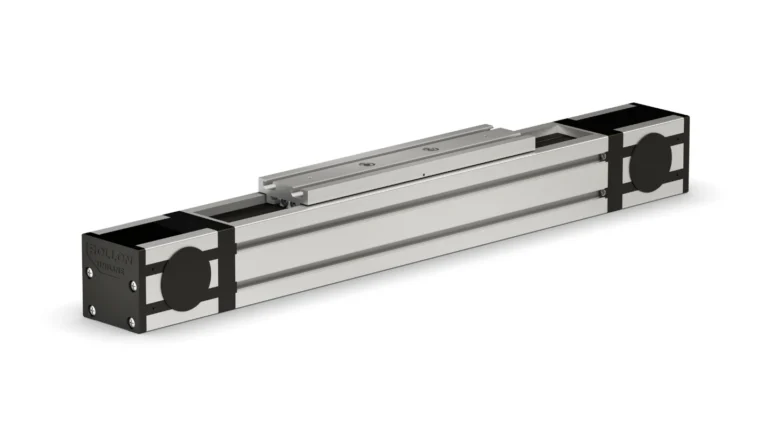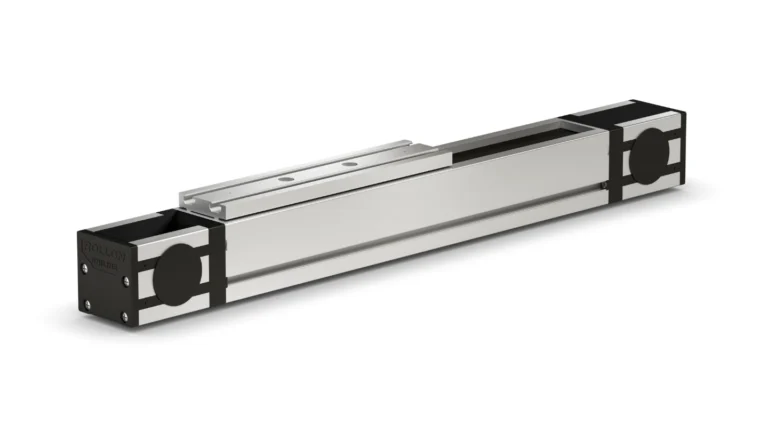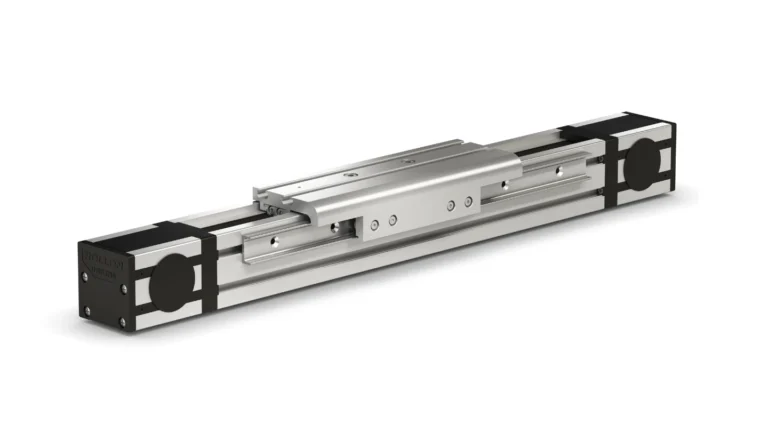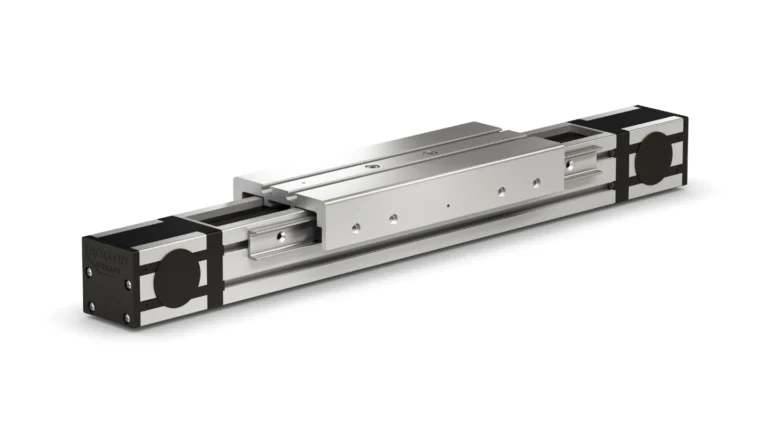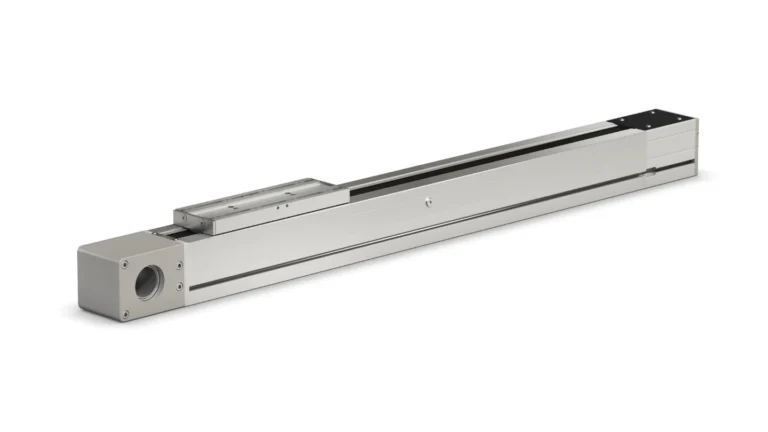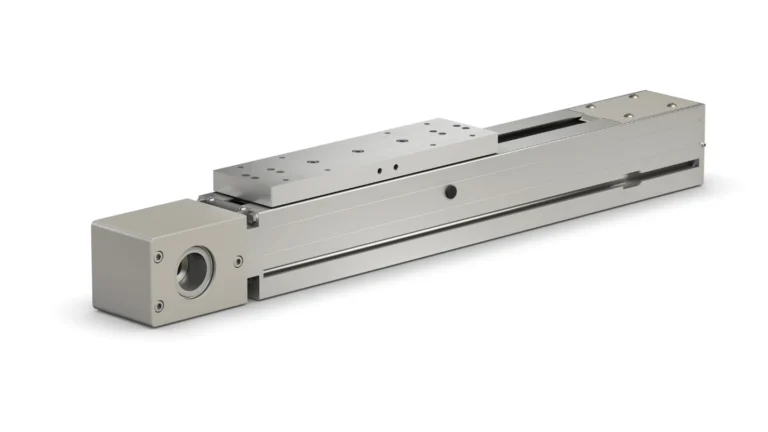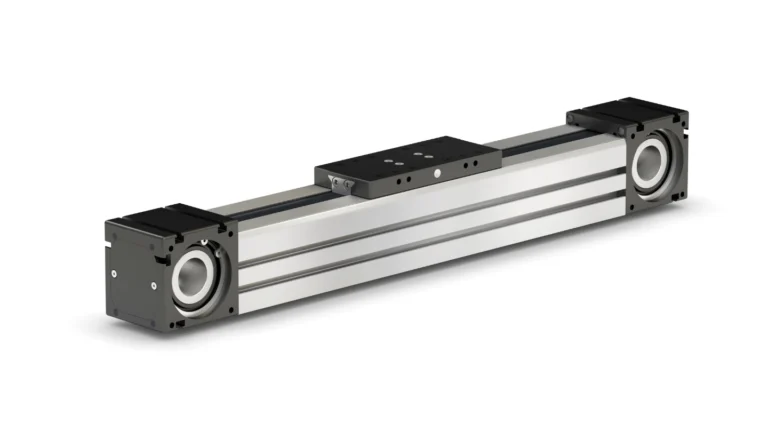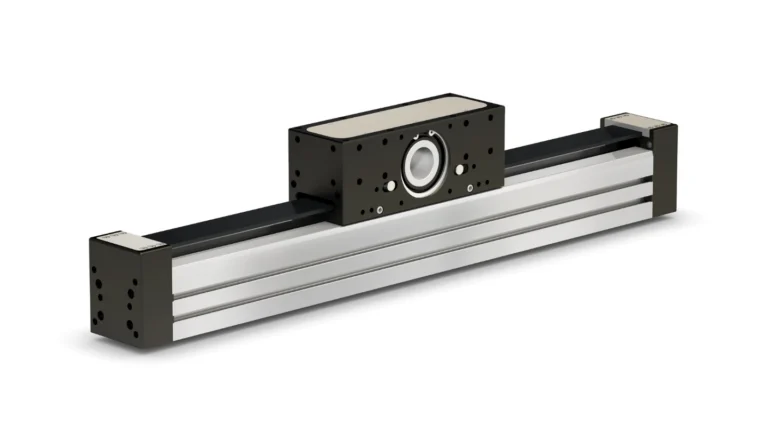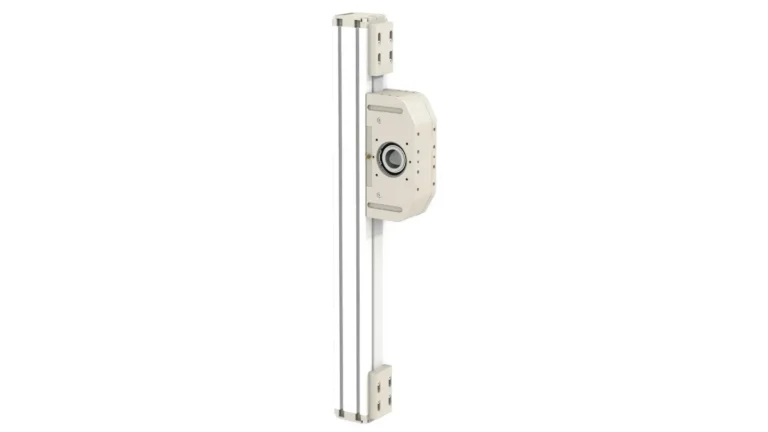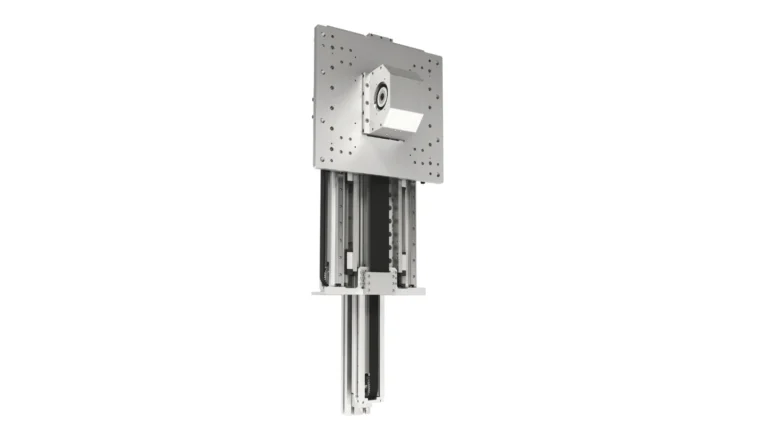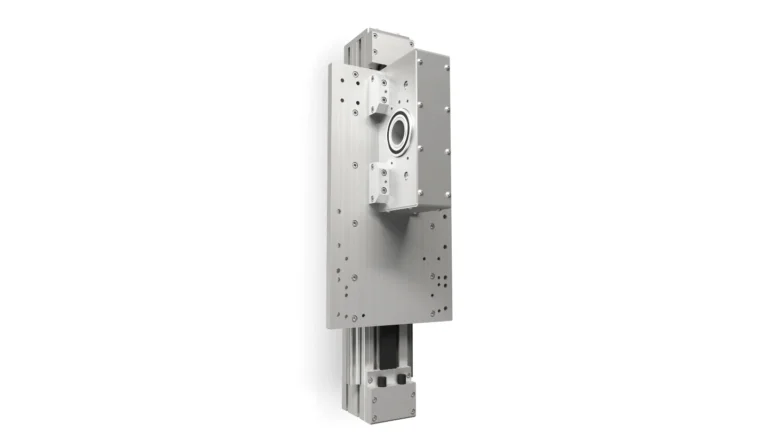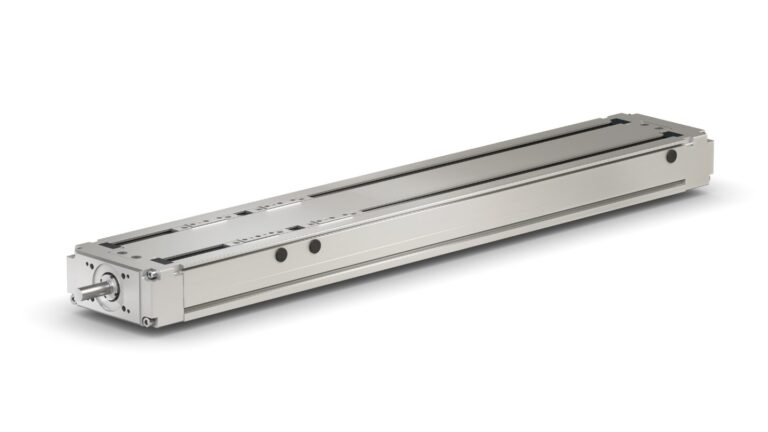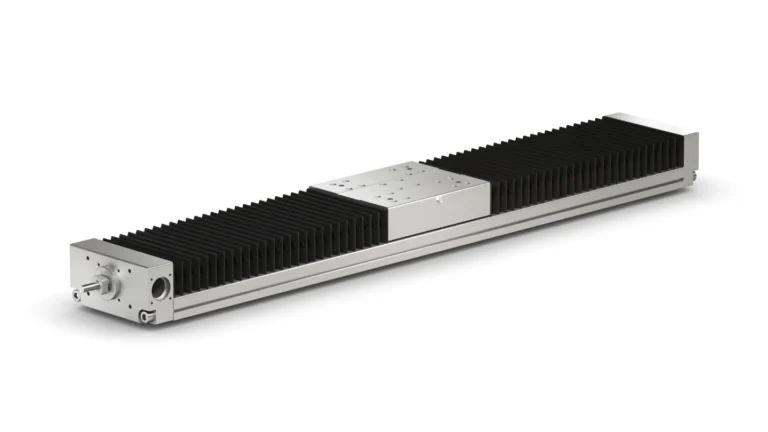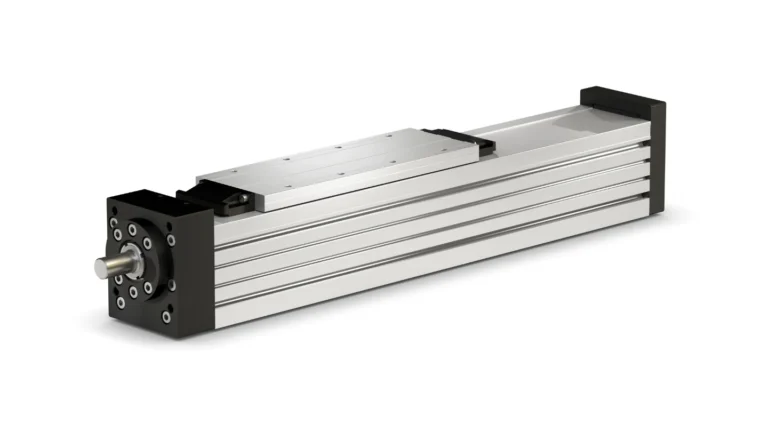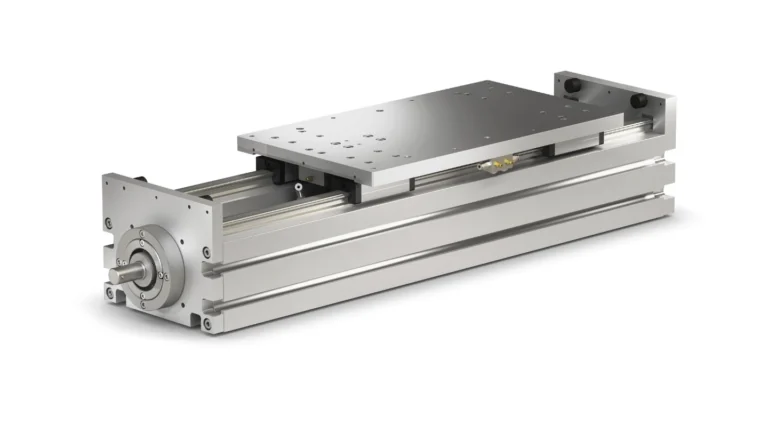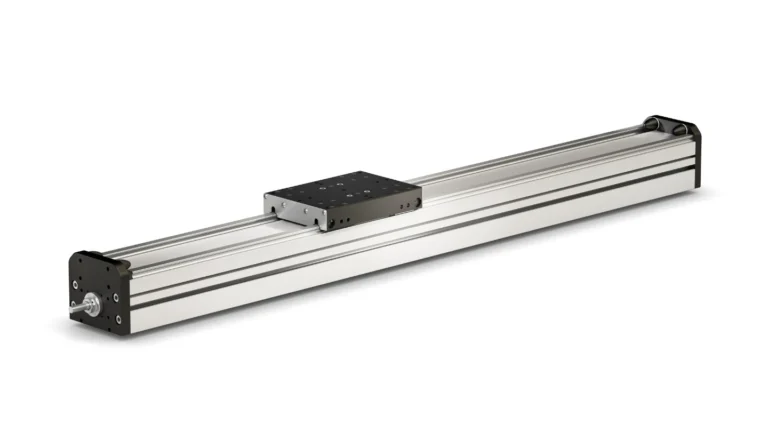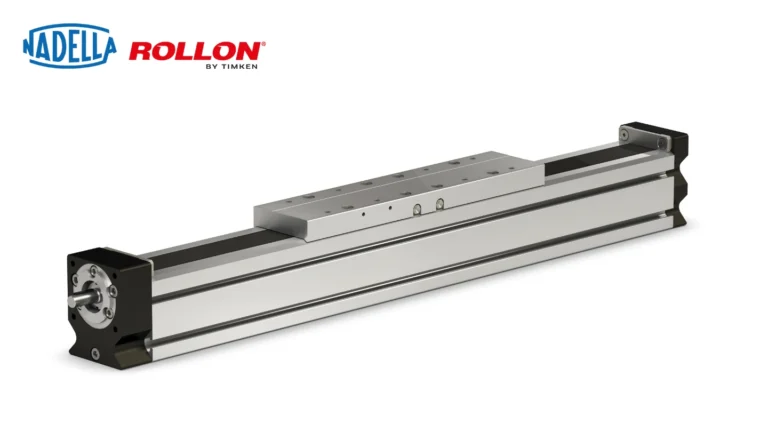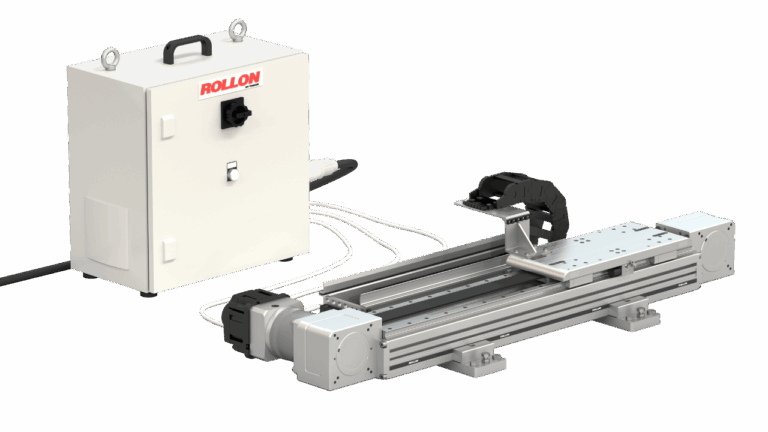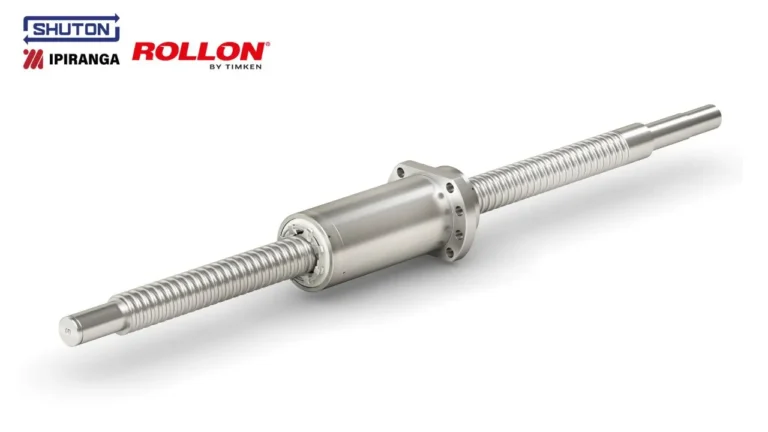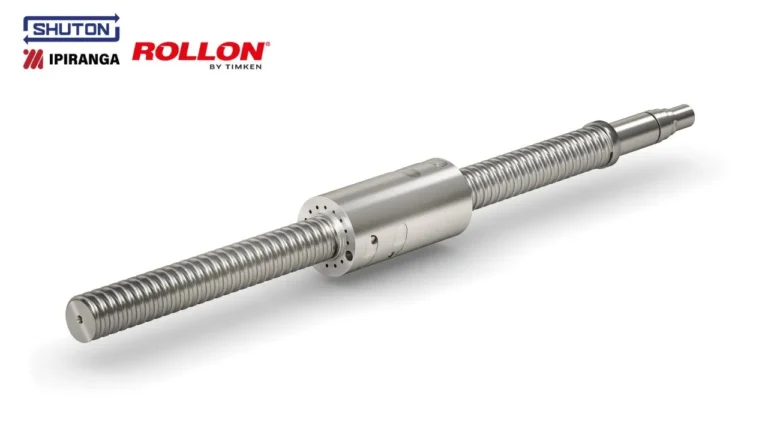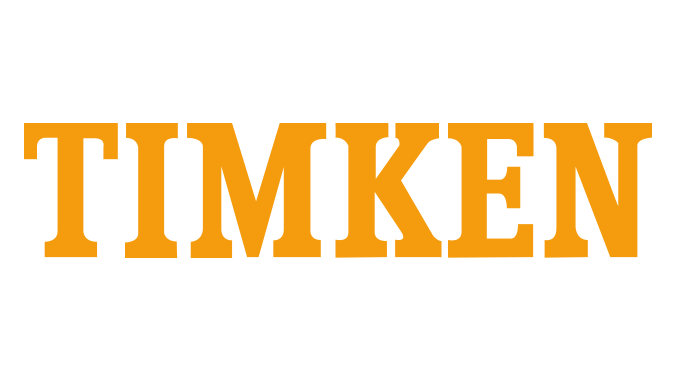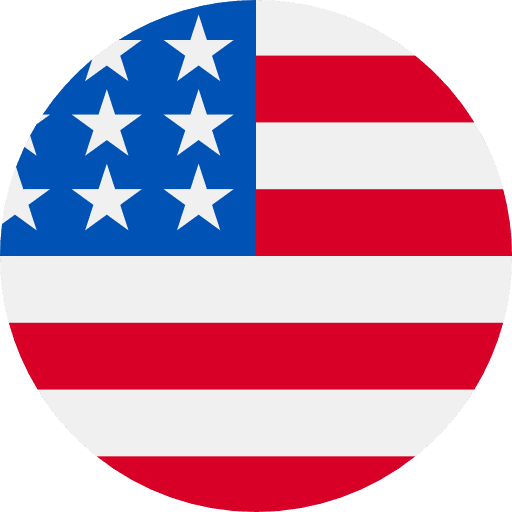With the global population rising and environmental conditions becoming more unpredictable, the agricultural sector faces unprecedented challenges. Greenhouses and vertical farms offer a sustainable solution to year-round crop production. Central to these modern agricultural systems is automation, particularly the use of AGVs (Automated Guided Vehicles) and AMRs (Autonomous Mobile Robots), powered by linear motion solutions. This article explores the role of linear motion solutions in enabling AGVs and AMRs to operate effectively, focusing on how Rollon’s portfolio addresses the unique challenges of the sector.
In the face of climate change, urbanization, and the need for food security, Controlled Environment Agriculture (CEA), such as greenhouses and vertical farms, emerged as vital innovations in agriculture. These systems enable year-round production of fruits, vegetables, and alternatives to animal proteins while maximizing yield per square meter and minimizing the use of natural resources.
Greenhouses and vertical farms ensure stable growing conditions through precise management of temperature, light, humidity, and CO₂ levels. This translates into greater reliability in food production, improved sustainability, and reduced dependence on arable land. However, to remain economically viable and consistently productive, these facilities must operate with exceptional efficiency, minimizing labor and resource input while maintaining high output quality.
The role of AGVs and AMRs in CEA
To meet these high standards, many vertical farms and greenhouses are turning to automation – most notably, robotic systems such as AGVs and AMRs. These technologies are redefining how agricultural tasks are performed, enabling 24/7 productivity with a high degree of accuracy and traceability.
AGVs (Automated Guided Vehicles) are typically used to move materials or plants across controlled environments, guided by predefined paths and relying on laser or camera-based navigation. AMRs (Autonomous Mobile Robots) are equipped with onboard sensors, vision systems, and AI algorithms that allow them to dynamically understand and adapt to their surroundings.
Both these solutions are ideal for operations such as harvesting, monitoring, de-leafing, and crop protection.
Together, AGVs and AMRs:
- Optimize labor usage by handling repetitive or hazardous tasks.
- Enable precise and timely crop care.
- Reduce human error.
- Increase overall operational efficiency.
- Enhance traceability and data collection for better crop management.
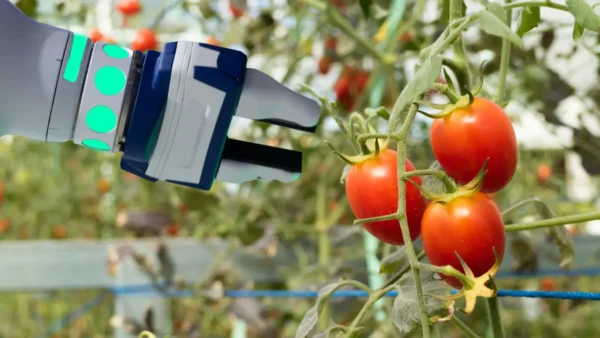
Robotic systems are used in vertical farms and greenhouses to perform several tasks, like seeding, watering, pruning, harvesting, de-leafing or monitoring.
The challenges faced by robotic systems
Despite their advantages, AGVs and AMRs must operate under challenging conditions in vertical farms and greenhouses. These include:
- High humidity and condensation that can compromise electrical components and mechanical reliability.
- Exposure to fertilizers and chemicals that may cause corrosion.
- Dust, soil, and organic debris that can accumulate and impair motion systems.
- Constant vertical and horizontal motion, often in tight or misaligned spaces.
- Vibration and load fluctuations, especially during transport and harvesting tasks.
- Safety and contamination control, as robotic systems must not pose a risk to crops or personnel.
To overcome these hurdles, every component of the robotic system – including linear motion systems – must be engineered for durability, resistance, and performance.
Linear motion solutions for AGVs and AMRs
Linear motion components are essential to the performance of AGVs and AMRs. They allow robotic systems to execute precise linear, curved, or telescopic movements across axes – whether positioning robotic arms, adjusting sensor arrays, or extending harvesting modules.
Rollon provides a robust portfolio of linear, telescopic, and curved motion solutions tailored to the unique demands of controlled environment agriculture.
Telescopic rails
Rollon’s telescopic rails support partial, full, or over-extension with high load capacities. Available in stainless steel and equipped with ball or bearing elements, these rails are ideal for extendable components in AGVs and AMRs operating in confined or corrosive environments.
Linear guides
From the self-aligning Compact Rail to the high-performance Mono Rail and Rollon® Nadella V-Line guides, Rollon offers solutions that provide smooth, accurate, and durable motion even in dirty or chemically aggressive settings, thanks to corrosion-resistant materials. Particularly, the shape of Nadella’s V-Line guides, with induction-hardened raceways and stainless-steel rails and bearings, are particularly suitable for high-load applications in dusty environments.
Linear actuators
Rollon’s linear actuators are designed to meet various precision and dynamic performance requirements:
- ELM actuators: Belt-driven, compact, and sealed for dirty environments. Available also in a corrosion-resistant version, these actuators can be pressurized to improve airtightness and avoid entry of contaminants, as well as contaminating the environment.
- TH actuators: Ball-screw driven for highly precise motion, with protective strips for internal components.
- Cobot Transfer Units: Plug-and-play system that extends the reach of collaborative robots with minimal setup, allowing more complex tasks within the same footprint.
Ball screws
To meet the precision and load-handling requirements of automated tasks in vertical farms and greenhouses, Rollon also offers a wide range of ball screws with varying diameters, suitable for different load and accuracy demands, like the XL Xtrem Load or the XP Xtrem Position ball screws.
These ball screws ensure smooth, repeatable motion and are ideal for applications that require high positioning accuracy and efficiency over long duty cycles. Additionally, Rollon can supply complete assemblies that combine the ball screw with a monorail linear guide, creating a compact and reliable motion system.
Connect with Rollon Group
As agriculture continues to evolve, greenhouses and vertical farms will increasingly rely on automation to address labor shortages, boost productivity, and ensure sustainable food production. AGVs and AMRs are at the forefront of this transformation, but their success depends also on the reliability of the linear systems that power their movements.
Linear motion solutions from Rollon provide the strength, flexibility, and customization needed to thrive in these challenging environments. From telescopic rails to precision actuators, Rollon enables smart, sustainable automation, paving the way for the farms of the future. Contact us to learn more about our solutions.


